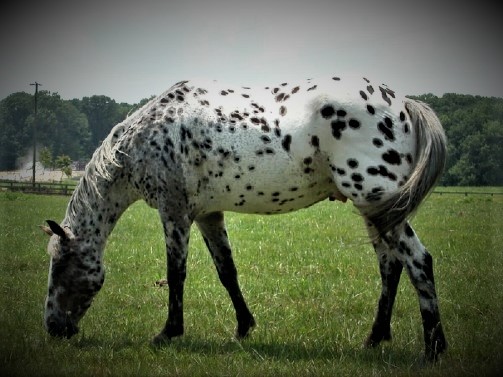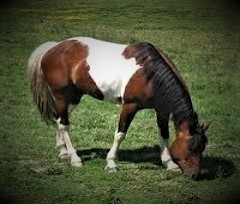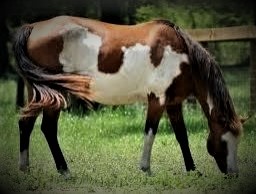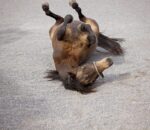Body colours of the horses
The principal body colours of the horses are black, brown, bay, and Chestnut. When there is any doubt in the colour inspection, the muzzle and eyelids should be carefully examined for guidance. Different horse breeds have affection for different colours. Thoroughbred horses mostly exhibit chestnut colour while Arabian horses have bay colour. There are two chief body colour types for horses.
The body coluors of the horses are liable to change within the first year of their age i.e., Foals of the Percheron breed are black in colour at a birth time but transferred into grey colour with the passage of time. So, the final colour of the horse is considered after 12 months of age.
- Whole colour (when the whole body is occupied by a single body colour with exception to the mane and tail. e.g, Black, Bay, Brown, Chestnut, white etc.)
- Broken Colour (when horse body is covered with bold patches of two different colours. e.g, Piebald, skewbald )
Further details for the body colours of horses are described below.
Black
In black horses, black pigment is generally distributed throughout the coat, limbs, mane, and tail. There is no pattern factor present on the body surface other than white markings.

Brown:
In brown horses, there is a mixture of black and brown pigment in the coat, with black limbs, mane, and tail.

Bay Brown:
In bay brown horses, the predominating colour is brown, with muzzle bay, black limbs, mane, and tail.

Bay
Bay varies considerably in shade from dull red approaching brown, from a yellowish colour approaching chestnut, but it can be distinguished from the chestnut by the fact that the bay has black mane and tail and almost invariably has black colour on the limbs and tips of the ears.

Chestnut
This horse has dark red or brownish-red body surface with the mane and tail either in the same or in a lighter colour than the body. Chestnuts with lighter colour may have pale yellow-brown manes and tails.

Grey
Where the body coat is a varying mosaic of black and white hairs with black skin. The Colour of grey horses usually fades out with their increasing age and many variations are also observed depending upon their age and season. In horses of this colour, any distinctive hoof markings may be useful for purpose of identification. Chestnut of grey parentage may become grey after 12 months of age.
A flea-bitten grey is basically white with small patches of dark hair all over the body. The flea-bitten grey may contain three colours or the two mosaic basic colours and should be so described. A dapple-grey has dark hairs arranged in circular patterns on the white base.

Roan
Roans are distinguished by the ground or body colors, all of which are permanent. Coat has a mixture of body colours and white hair.

Bay/red roan
Bay coloured horse has a body colour varying from tan to brown or black to brown with a tinge of white hairs. Bay horses have also black mane and tail, and they often encounter white markings below hock and knee joints.

Blue Roan
Where the body colour is black and brown , with admixture of white hair, giving a a blue tinge to the coat.

White
A white horse has pure white hair, pink skin and brown, hazel or blue eyes.

Appaloosa
Horses which have a spotting pattern of body surface colour that is either over the hips or scattered over the body.

Palomino
The horses having a golden colour, with a white or light coloured mane and tail.

Dun and buckskin
These colours are modifications of the bay colour pattern. Dun and buckskin colours are both characterized by black mane, tail, and points. The body colour of dun and buckskin horses range from a pale yellow to a dirty canvas colour. The body colour of a dun is darker than for a buckskin. A dun or buckskin horse may show a dark stripe down its back and across its shoulders. Dark stripes may also extend across the forearms of dun and buckskin horses.

The paint or pinto horses
These horses are characterized by irregular colouration and white areas.
Paint and pinto horses have four colour patterns:
1. Piebald
2. Skewbald,
3. Tobiano
4. Overos
Piebald
Where the body coat consists of large irregular patches of black and white. The line of demarcation between the two colours is generally well defined.

Skewbald
Body coat consists of large irregular patches of white and any other colour except black. The colour combination should be described as i.e., bay and white, or chestnut and white etc

Tobiano pattern
In these horses, the white colour extends downward over the horse’s back area.

Overo pattern
In these horses, the white extends up from the belly and legs towards the back.



